2. Midcentury Meets Contemporary
Designer: Iconic by Kaitlyn Wolfe
Location: Phoenix
Size: 450 square feet (42 square meters)
Homeowners’ request. “We were hired to update this 1969 ranch-style midcentury modern home, which had undergone previous remodels and additions,” designer Kaitlyn Wolfe says. “While those changes served their purpose at the time, they no longer reflected the home’s original architectural integrity. The homeowners wanted a modern, functional space that honored the home’s history. The lava rock fireplace was a defining feature, and we immediately saw its potential as a focal point. We also embraced the existing slump block walls, which added texture and authenticity. However, the room’s long, narrow layout made furniture placement tricky. Our client was unsure how to make the space feel inviting while maintaining flow and functionality.
“Our solution was to streamline the design, introduce a more intentional layout and thoughtfully integrate vintage and modern elements to create a space that felt layered, lived-in and effortlessly stylish.”
Special features. “A key feature is the custom-built TV console from our Ground Floor furniture collection,” Wolfe says. “We designed it with teak wood veneer and incorporated angled, three-dimensional door fronts to add movement and depth. The warmth of the wood contrasts beautifully with the cool tones of the lava rock fireplace, creating balance without competition.
“We also sourced vintage furniture and decor from Shop My Warehouse, mixing materials and textures to reflect the midcentury modern aesthetic. These curated pieces bring warmth, personality and a collected feel to the space. By seamlessly blending contemporary and vintage, we ensured the living room feels both fresh and deeply connected to its roots.”
Designer tip. “We embraced the long and narrow shape of the living room by designing it like a hotel lobby, creating two distinct seating areas that could function separately or merge when entertaining,” Wolfe says. “This approach maximized both comfort and flexibility, ensuring the space could adapt to different needs. If you’re working with a challenging layout, consider breaking the space into zones rather than forcing a conventional setup.”
“Uh-oh” moment. “One unexpected challenge was working with the existing block walls, which made it difficult to run electrical,” Wolfe says. “Since we planned to install a built-in media unit, we needed to discreetly integrate power to the TV while maintaining a seamless transition from rough, uneven block to a smooth cabinetry surface. Through careful planning and craftsmanship, our installers ensured the transition looked flawless, and our electrician found creative ways to hide wiring without disrupting the aesthetic.”
Shop for living room furniture on Houzz
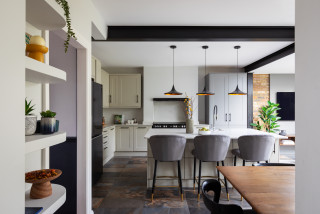

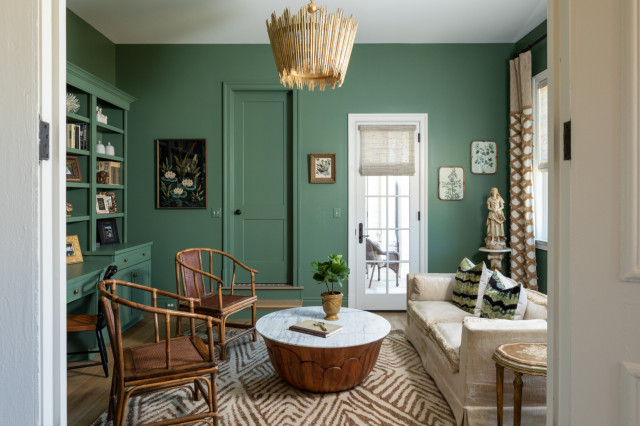
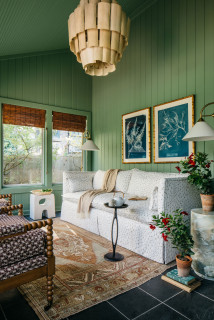
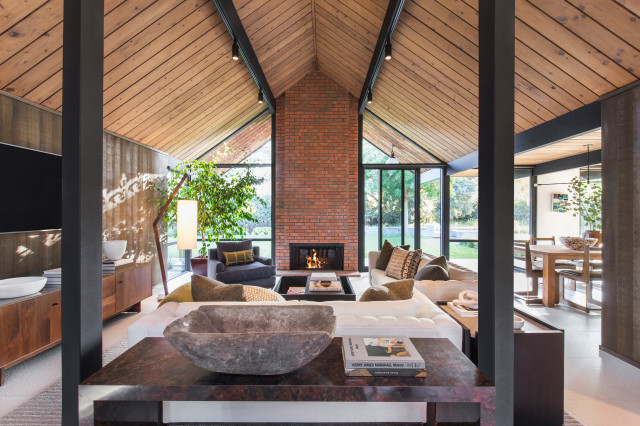

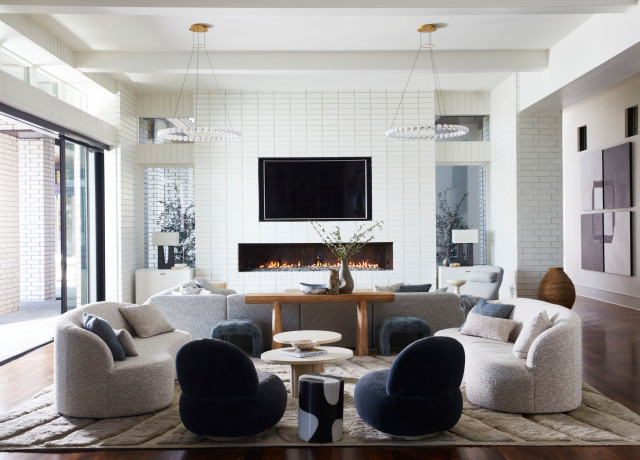

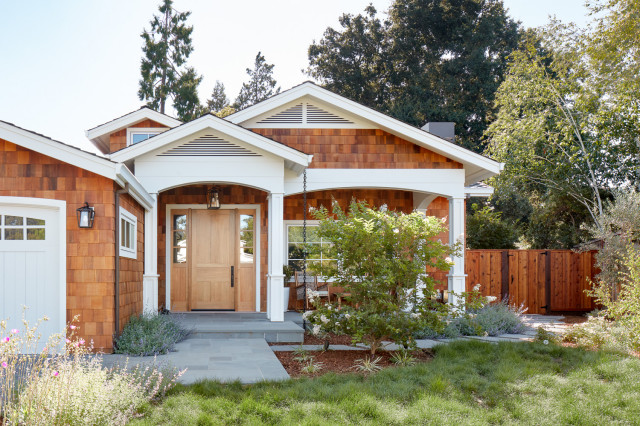

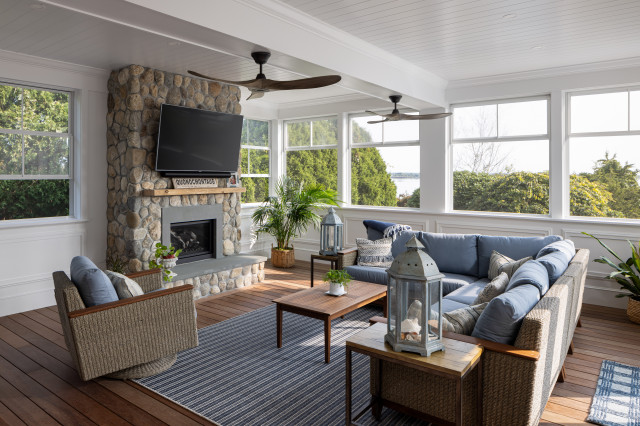

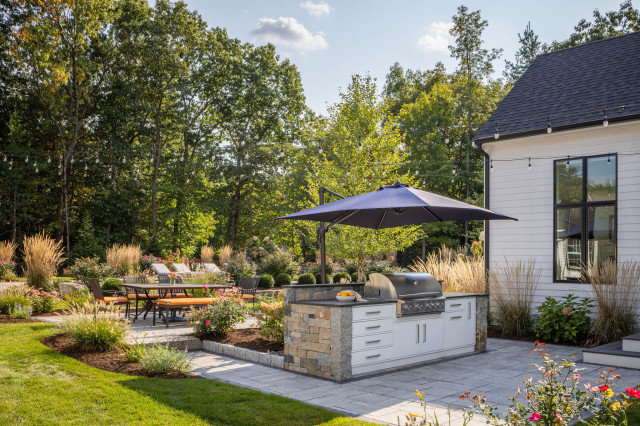

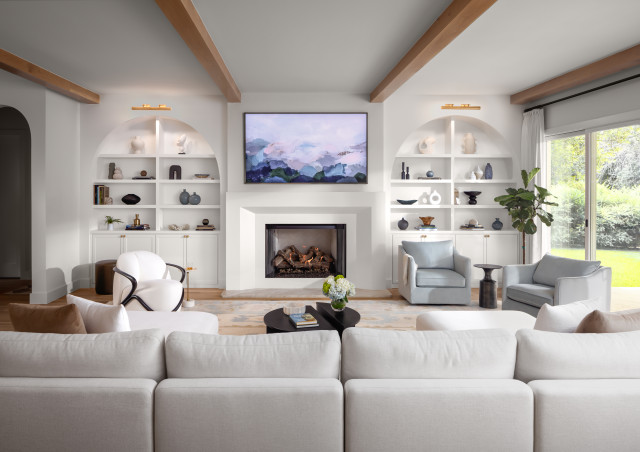
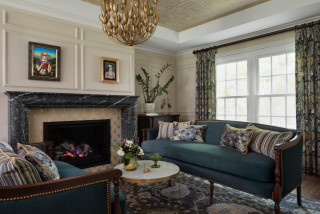
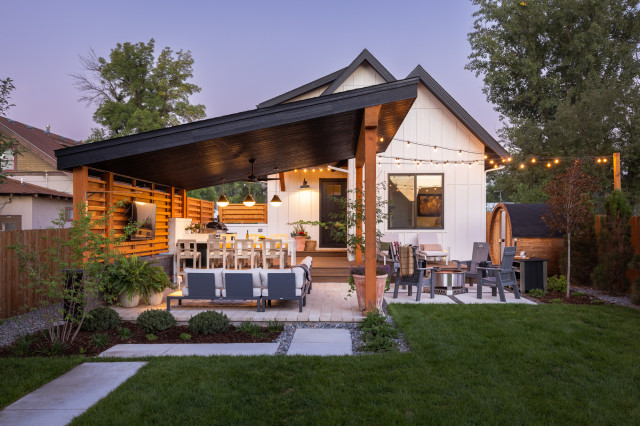

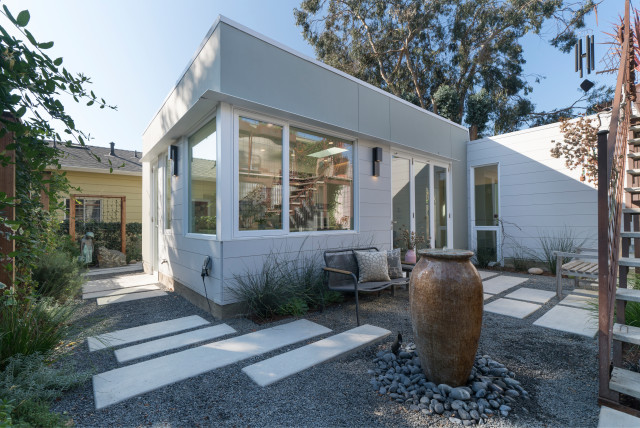
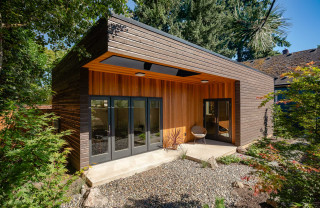

If you have decorative period details in your living room, such as ornately carved cornices, ceiling roses or baseboards, painting these the same color as the walls and ceiling can actually help to highlight them. By taking away the distraction of an abrupt change of color, you’re allowing the texture and detail to shine instead, as demonstrated in this Victorian living room by Born & Bred Studio.
Here, the walls, baseboards, cornices, window frame and wooden shutters have all been drenched in a muted sage green. Adding a large reflective mirror helps to maximize the natural light flowing into the room, allowing light and shadow to play across the surfaces, picking out the details.
How to Confidently Choose Colors for Your Home